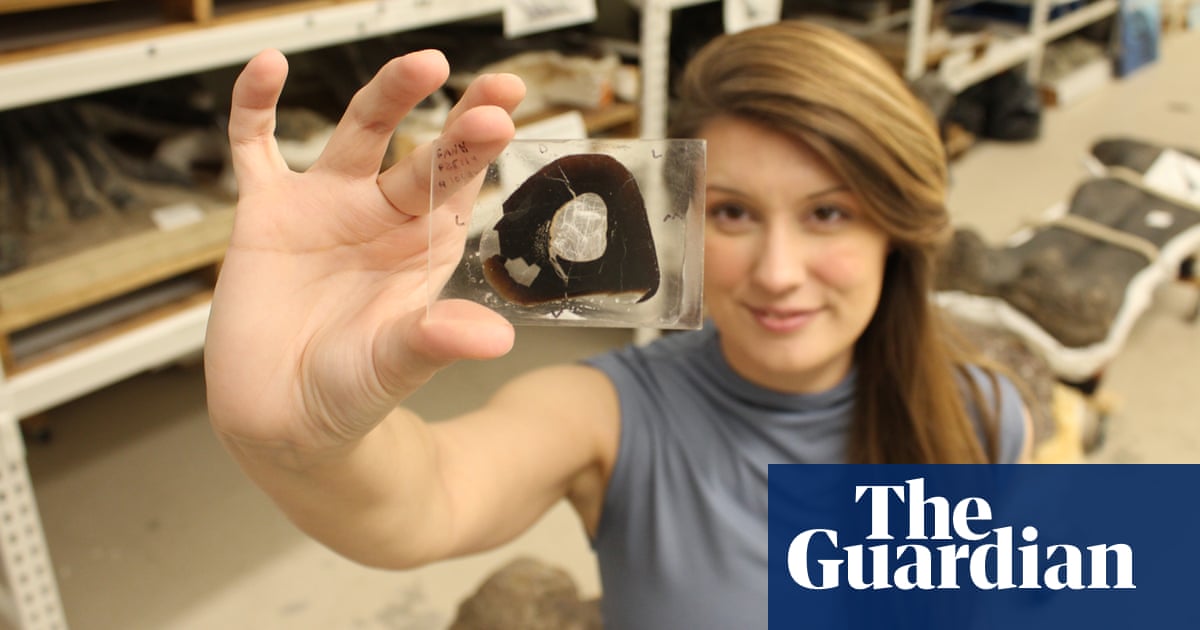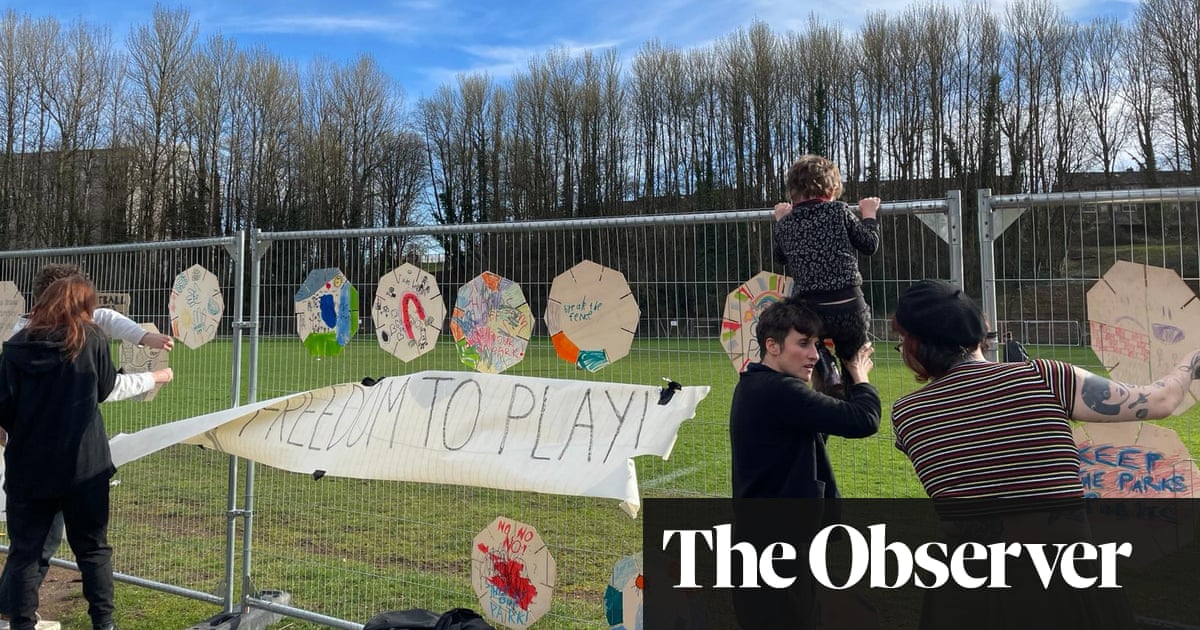
t is hard not to feel a thrill of excitement when you land on the Galaxy Zoo homepage and read the words “Few have witnessed what you’re about to see” looming out of a star-strewn black background.
The anticipation is justified when, in five quick clicks, you’re asked to classify a galaxy as part of an online crowdsourcing astronomy project. The project is hosted on Zooniverse, a platform that aims to make cutting-edge research accessible to everyone.
“Galaxy Zoo was one of the first projects that showed the amount of enthusiasm there was out there to participate in science,” says co-founder Chris Lintott, the professor of astrophysics and citizen science lead at the University of Oxford. “It was supposed to be a side-project for me – now we have more than 80 crowdsourcing projects like it on Zooniverse, more than 2 million registered volunteers, and [we’ve had] our busiest year so far.”
Lintott puts its success down to the fact that this is real citizen science in action. “Within two minutes of landing on the website, a volunteer can contribute something meaningful.”
Galaxy Zoo is just one of a growing number of citizen science projects, with many others focused on working with local communities. For instance, in Kenya, University College London (UCL) scientists and their local partners are working with the Maasai to protect their environment against the climate crisis.
The researchers are co-developing a smartphone app that will help the community map the location of vital medicinal plant species and, as a result, better manage them. The app will allow the Maasai to upload the location of the plants, analyse the results and display them using icons like a thumbs up, an ant, and a red no entry sign next to invasive species, as well as pictures of the plants they want to protect.
Scientists are also collaborating with communities in Cameroon, Namibia, the Democratic Republic of the Congo, and Brazil using the same software, in order to monitor illegal poaching, conduct tree health surveys and protect important resources during logging.
The success of these projects has led to the government research funding agency, UK Research and Innovation (UKRI), gearing up to award £1.5m to projects that introduce citizen techniques to new fields of research.
Yet the participation of the public in science is not new. It dates at least as far back as the gentleman – and lady – fossil collectors and botanists of Charles Darwin’s era, although Florence Nightingale perhaps better embodies the radical spirit of citizen science. Defying gender roles, and without any formal education, she used her passion for statistics to pioneer evidence-based nursing.
Then, the story goes, science became professionalised and – with a few notable exceptions – retreated to its infamous ivory tower.
“There’s definitely a tradition that dates back to Darwin where [people were] involved in doing science, even if it was the wealthy section of society,” says Toos van Noordwijk, director of engagement and science at Earthwatch Europe. “Now there’s a huge movement for science to be more inclusive again and open up opportunities to a wider public.”
These fresh perspectives can also offer scientists new solutions to tough old problems, from managing sea level rise to living with disabilities.
Despite its obvious merits, citizen science still faces challenges. Researchers have a reputation for arriving in a community, exploiting it for data, and leaving it without giving any credit for its contribution.
“People have been burned by it, and it affects the ability of all scientists to engage with that community in the future,” says Daniel Hayhow, research lead for urban biodiversity at Earthwatch Europe.
There is also still resistance to citizen science inside the scientific establishment. “The usual scientific training is not geared towards wider participation and collaboration, but tight control of carefully designed experiments,” says Professor Muki Haklay, co-director of the UCL extreme citizen science group.
There is also an existential barrier to participation in science. People leave school or university and continue to engage in culture in the form of cinema, books and music in a way they don’t do with science, and they quickly lose confidence in their own abilities. Some have bad experiences with science at school and decide it isn’t for them.
“We’ve created this structure where you have to have a degree in science and also be working in science to feel like you are doing science,” says Imran Khan, head of public engagement at the Wellcome Trust. “One of the benefits of citizen science is to create a middle ground, so you don’t have this hard-binary choice between either being in or out of it.”
In the end, citizen science is about shifting power from scientists to the public. A new £1.3m project called Engaging Environments led by the University of Reading, which is running in its own city as well as Birmingham and Newcastle, aims to do just that by training researchers to work with a wide range of communities to address their concerns about issues like pollution, climate change and air quality. This might be through getting sixth formers to monitor wildlife, or mosques encouraging their congregation to develop environmentally friendly practices such as avoiding single-use plastics during festivals.
This project is needed because of the social divide that exists between the public and many scientists. “If you’re trained as a scientist, you’re incredibly privileged because you’ve been able to get through school, university and complete a PhD,” says Professor Erinma Ochu, interim director of the project at University of Reading.
It doesn’t benefit scientists to isolate themselves from the public, either. The blow to scientists dealt by Brexit, tough immigration policies and fake news has made them understand the importance of reaching out to local communities. “They have realised that they can’t stay in their ivory tower and pretend what’s happening in the outside world doesn’t apply to them,” says Khan. “They know people need to feel they’ve got a stake in science and that scientists are there for them.”
This means actively listening to what the public have to say. “If scientists are going to solve the problems we face, they have to learn to communicate with people who don’t think and act like scientists,” agrees Ochu. “For me, the future of science isn’t in books on the shelf, but in boots on the ground.”












